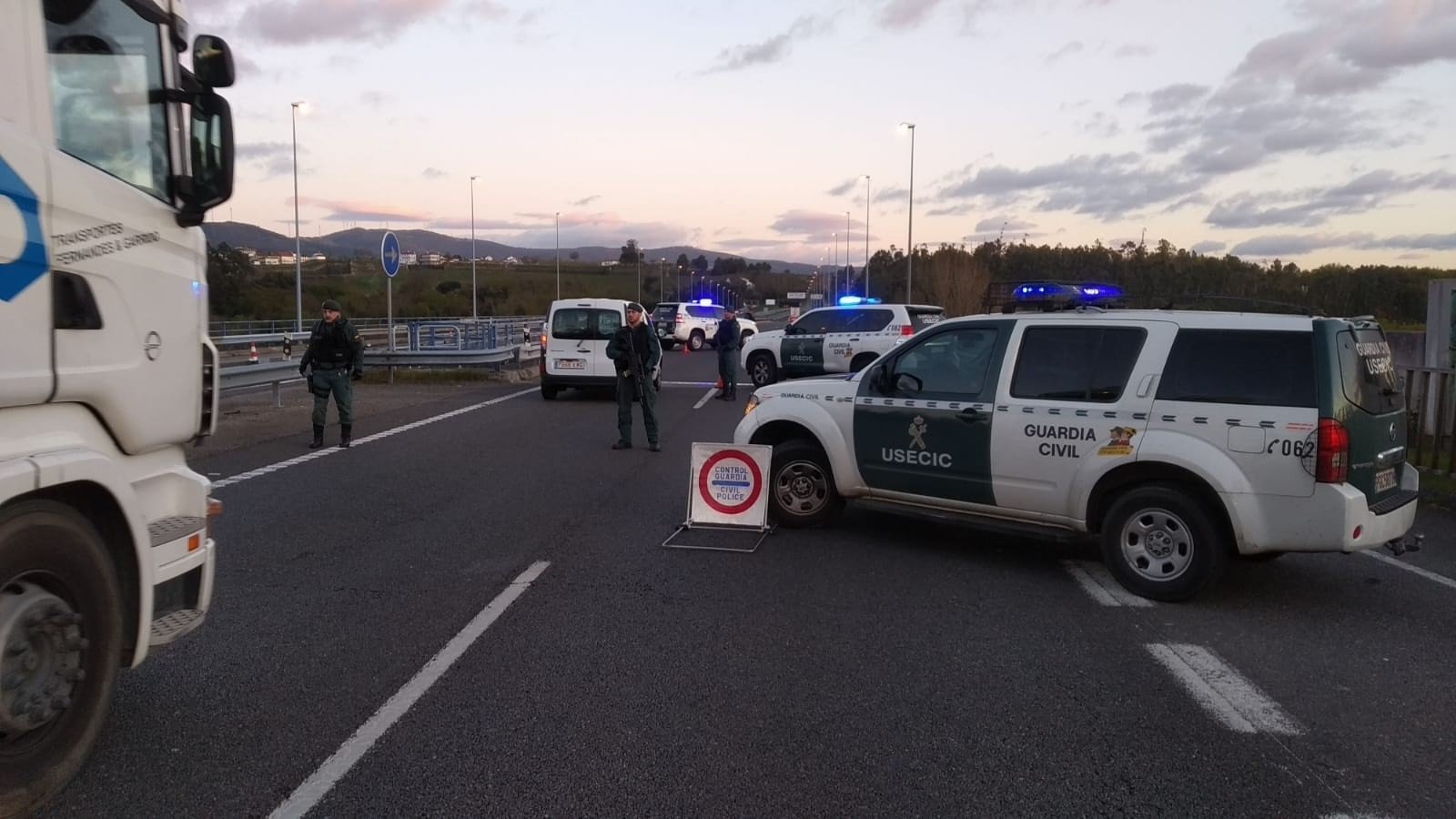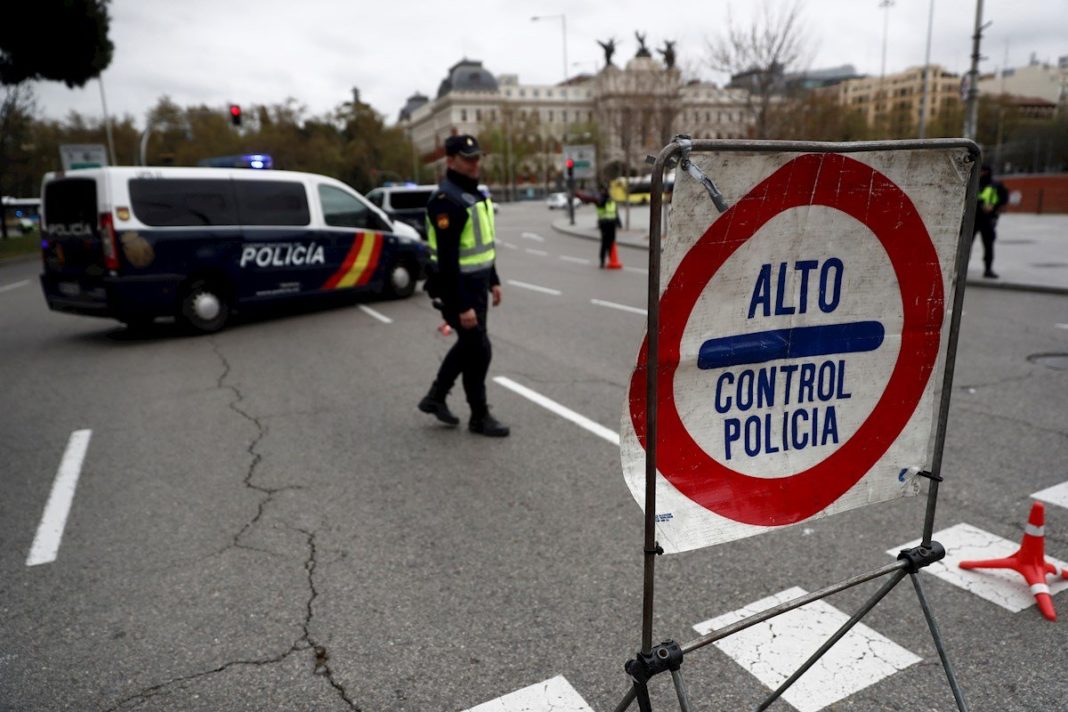By Andrew Atkinson
It seems that confusion reigns amid Madrid’s top regional court rejecting a partial lockdown imposed on the capital and nine nearby towns to slow the rapid spread of coronavirus with many madridians have headed to the Costa Blanca.
Guardamar and Torrevieja are just two destinations that are reported as seeing visitors from Madrid to return to.
“My neighbour from Madrid has returned to Torrevieja. Can I report him to the police,” said a concerned resident in Torrevieja.
A court statement said it “had denied the ratification (of the measures) on grounds they impacted on the rights and fundamental freedoms” of the 4.5 million residents affected by the closure.
Road closures and police blocks, including at airports are in place to stop people from Madrid leaving the capital of Spain.

Under the restrictions, residents are not allowed to leave the city limits except for work, school or medical reasons as the region battles a soaring infection rate of well over 700 cases per 100,000 people, compared with just 257 per 100,000 in the rest of Spain, the highest rate in the European Union.
Without the measures being ratified by the court, police have no legal grounds for issuing fines for non-compliance – which they have not yet done pending the court’s decision.
In their ruling, the regional judges said the health ministry, which imposed the restrictions, did not have the right to do so because responsibility for public health matters lies with Spain’s 17 autonomous regions.
After the annual August vacations of Madridians returning home an influx are heading back to the Costas.
When the pandemic erupted in March, the Spanish government declared a state of emergency which gave it the power to impose and enforce a lockdown across the entire country.
Since that ended on June 21, it is the regions that have had responsibility for public health and managing the pandemic.





